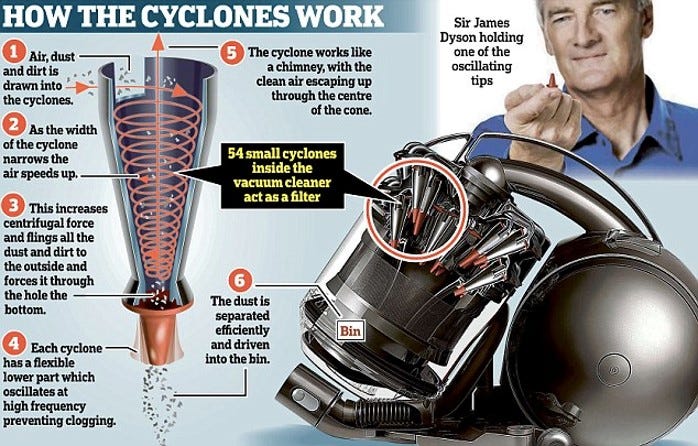Here's How 'Here's How it Works' Works
You've won over the right brain, but the left brain has questions
Here’s a classic scene featuring the late, great Billy Mays that will make all DRTV marketers and infomercial fans feel nostalgic.
We’re at step six of my 10-point formula for scripts that sell, which encourages ad creators to take the time to explain how the product works. In Billy’s heyday, the most common method was a step-by-step, ‘show and tell’ demonstration. Most commonly, we tried to ‘MJ’ it and make it seem as “easy as 1-2-3.”
There are so many examples of this. Here’s one I pulled at random that will definitely make you check to see if you still have propane left in your tank. (It is October.)
Why is this necessary? How does it help close the sale? Well, if you’ve been keeping track, we’re in the body of the advertisement now. At this point, if we’ve done our job, we’ve connected with our prospect and persuaded him or her to want our product. But this job is only half done. We’ve dealt with the right brain, but now we also need to deal with the left brain — and the first thing to understand about the left brain is that’s where all the questions and objections live.
The most common question/objection the analytical brain has at this point: Is it going to be hard to use this thing and get the results I see on TV?
No, left brain. Not at all! (And in dances the Jackson 5.)
Anyway, that’s just one use of the “here’s how it works” segment. Another is to add credibility with sophisticated, science-sounding razzle dazzle. These days, such scenes are usually accompanied by state-of-the-art CGI animation. For example, the commercial I broke down last week has this scene right at the beginning of its ‘middle minute.’
Notice they use another common lead-in phrase for this part of an advertisement: “The secret is …” Those words peak curiosity and satisfy the left brain. Nice. Hutton Miller is really good at this.
But the absolute master of this technique is Dyson. In live presentations, when I talk about this step in my formula, I use a highlight from one of Dyson’s old print ads as my illustration. Check it out after the break.
Chart Watch👁️
There’s a new #1 DRTV campaign, according to DRMetrix.
Pooph
Pitch: “The pet odor remover that takes stink out of the equation”
Offer: $24.95 for a 32-oz bottle
Marketer: Ikigai Holdings
First take: This is what must happen to you after you mix cocaine and Red Bull. Geez, guy. Take it down a notch!
OK, he’s understandably excited. As I wrote back in March, his campaign would have made the 2022 True Top 50 if it has been a DR-only ranking. It would have been #14 then, and now it’s #1. Lines and Red Bull for everyone!
Sir James Dyson is a legendary engineer and inventor whose cyclonic vacuums are true marvels of engineering. They are also absurdly expensive. So it made perfect sense for the brand to focus on explaining how the product works as the centerpiece of its advertising. You can see the approach in every one of their creatives, from the early TV ads…
…to their latest ones.
As you can tell, they also excel at testimonials, animation and demonstration. Here’s a great example of the latter from the upright vacuum days.
A brand advertiser that thinks like a DR advertiser. I love it!
The Formula for Scripts That Sell
Start with a painful problem
(Article: Ask the ‘Skeptic's Question’ to Check & Fix Your Opening Pitch)Introduce the product and describe it
(Article: Answer These 3 Questions Before Prospects Lose Interest)Explain how the product solves the opening problem
(Article: Pay Off the Problem Opening to Powerfully Position Your Product)Describe the product’s key features and benefits
(Article: Don't Be Misled By the Order of Things)Briefly list all of the key uses for the product
(Article: This Space Intentionally Left Blank)Explain how the product works
(Article: Here’s How 'Here’s How it Works' Works)Set up a value comparison and introduce the offer
(Article: The Incomparable Value Comparison)Introduce a bonus and describe it
(Article: Instantly Boost Sales by Leveraging the ‘Mooch Factor’)Recap the entire offer
(Article: The Department of Redundancy Department)Create a sense of urgency and ask for the order
(Article: The Simple Secret to Closing More Sales)






